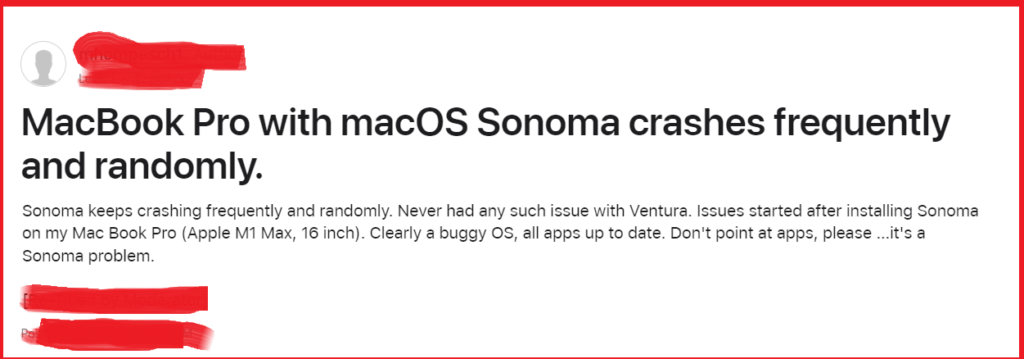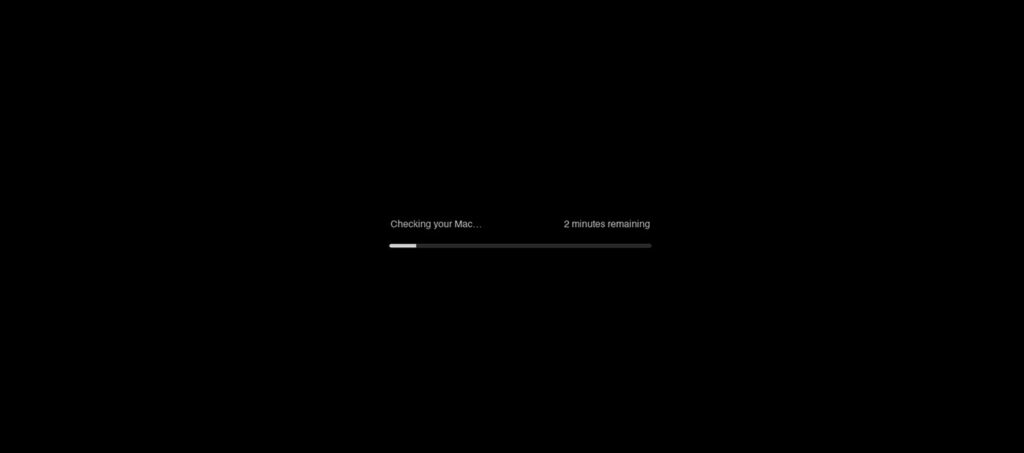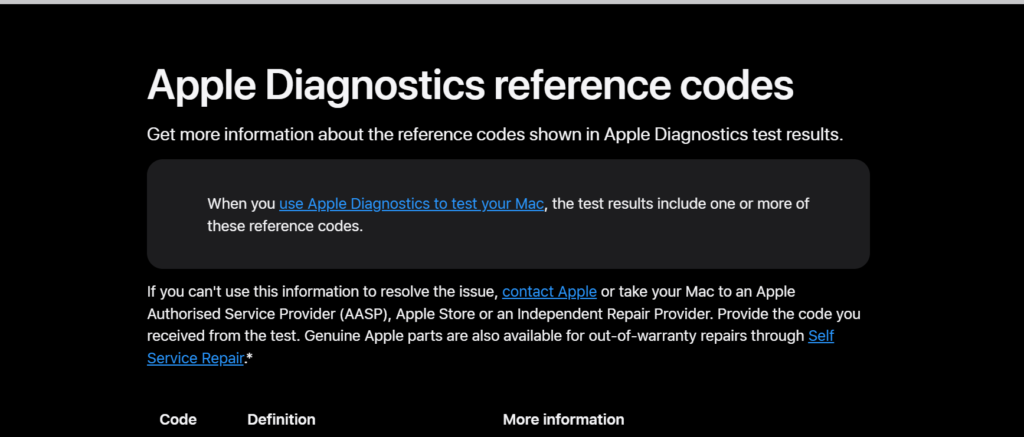Are you facing frequent and unpredictable crashes on your MacBook Pro running macOS Sonoma? If so, you’re not alone.
These issues can be frustrating and disruptive, but there are steps you can take to address them.
In this blog, we’ll explore effective solutions to help you resolve the recurring crashes on your MacBook Pro with macOS Sonoma.
How To Fix MacBook Pro With MacOS Sonoma Crashes Frequently And Randomly?

To fix MacBook Pro with macOS Sonoma crashes frequently and randomly, you can boot your Mac in safe mode, uninstall third-party apps, reset NVRAM. Additionally, you can repair hard drive with disk utility, update macOS, and use Apple diagnostics to test your Mac.
1. Boot Your Mac In Safe Mode
Booting in Safe Mode can help diagnose issues by running the system with minimal software and drivers.
If your MacBook Pro runs fine in Safe Mode, the issue may be caused by third-party software.
For Intel-based Macs:
- Shut down your Mac.
- Turn on your Mac and immediately press and hold the Shift key.
- Release the Shift key when the login window appears.
For Apple Silicon Macs:
- Shut down your Mac.
- Press and hold the power button until you see the startup options window.
- Select your startup disk.
- Press and hold the Shift key, click “Continue in Safe Mode,” and then release the Shift key.
2. Uninstall Third-Party Apps
Incompatible or corrupted applications can cause system instability. Uninstalling recently installed or suspicious apps may resolve the crashes.

- Open “Finder” on your Mac.
- Go to the “Applications” folder.
- Locate the third-party app you want to uninstall.
- Drag the app to the “Trash,” or right-click (control-click) on the app and select “Move to Trash.“

- Empty the Trash to complete the uninstallation.
3. Reset NVRAM
NVRAM (non-volatile random-access memory) stores certain settings and can cause issues if it becomes corrupted.
- Shut down your MacBook Pro.

- Press the power button and immediately hold down Option, Command, P, and R keys.
- Release the keys after about 20 seconds or after the Apple logo appears and disappears for the second time.
4. Repair Hard Drive With Disk Utility
Corruption in the file system or on the hard drive can lead to crashes. Disk Utility can fix these issues.
- Restart your Mac and hold Command + R to enter Recovery Mode.
- From the macOS Utilities menu, select “Disk Utility.“

- Choose your startup disk (usually named “Macintosh HD”) from the sidebar.
- Click “First Aid” and then “Run” to start the repair process.
- Wait for Disk Utility to finish and then restart your Mac.
5. Update MacOS
Outdated system software can lead to compatibility issues and crashes.
Updating to the latest version of macOS can provide fixes and improvements to system stability.
- Click on the Apple menu in the corner of your screen.
- Choose “System Preferences” (or “System Settings” on macOS Monterey or later).
- Click “Software Update.“

- If an update is available, click “Update Now” or “Upgrade Now.“
- Follow the on-screen instructions to complete the update.
6. Use Apple Diagnostics To Test Your Mac
Running Apple Diagnostics can help determine if there are any hardware issues with your Mac, which could be the cause of the frequent crashes.
This built-in tool will test your Mac’s hardware and provide guidance on any found issues.
Prepare your Mac for Apple Diagnostics:
- Update macOS to the latest version, if possible.
- Shut down your Mac.
- Disconnect all external devices except for the keyboard, mouse, display, Ethernet connection (if applicable), and power connection.
- Ensure your Mac is on a stable, flat surface with good ventilation.
Start Apple Diagnostics: For Mac with Apple silicon:
- Press and hold the power button until the startup options window appears.
- Release the power button and press Command (⌘)-D.
For Mac with Intel processor:
- Turn on your Mac and immediately press and hold the D key.
- Release the key when you see a progress bar or are prompted to choose a language.
- If the D key doesn’t work, try Option (⌥)-D instead.
- Connect to Wi-Fi if prompted, using the Wi-Fi menu in the upper-right corner of the screen.
View the test results:

- Apple Diagnostics will display results, including reference codes if issues are found.

- To rerun the test, click “Run the test again” or press Command-R.
- To restart your Mac, click “Restart” or press R.
- To shut down your Mac, click “Shut Down” or press S.
- For service and support options, click “Get started” or press Command-G while connected to the internet.
7. Reinstall MacOS
Reinstalling macOS can be a solution to fix frequent and random crashes if they are caused by system software issues.
This process will install a fresh copy of the operating system without affecting your personal files, but it’s always recommended to back up your important data before proceeding.
- Back up your important data using Time Machine or another backup method to ensure no data loss.

- Restart your MacBook Pro and immediately hold down Command + R to boot into Recovery Mode.
- Release the keys when you see the Apple logo or a spinning globe.
- Once in macOS Recovery, select “Reinstall macOS” (or “Reinstall OS X“) from the utilities window.
- Click “Continue” and follow the on-screen instructions to select your disk and begin the installation.
- Your Mac will download and install a clean install of the latest macOS version compatible with your MacBook Pro.
8. Contact Apple Support

If you’re unable to resolve the issue with your MacBook Pro through troubleshooting steps, contacting Apple Support can provide you with professional assistance and potentially resolve the problem.
